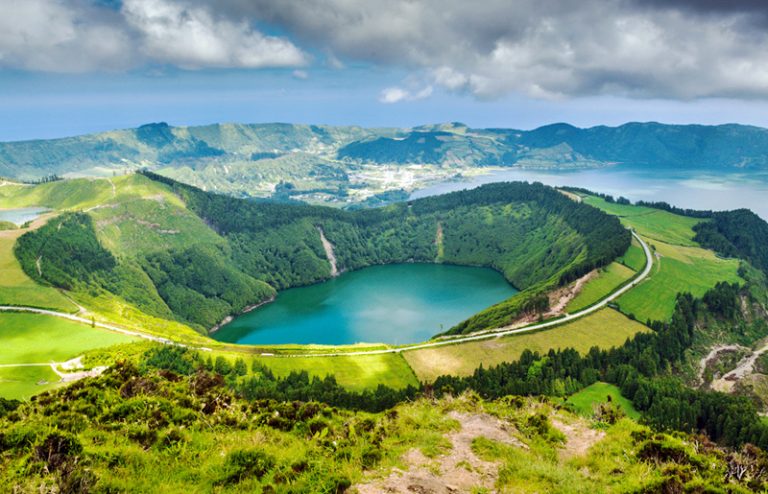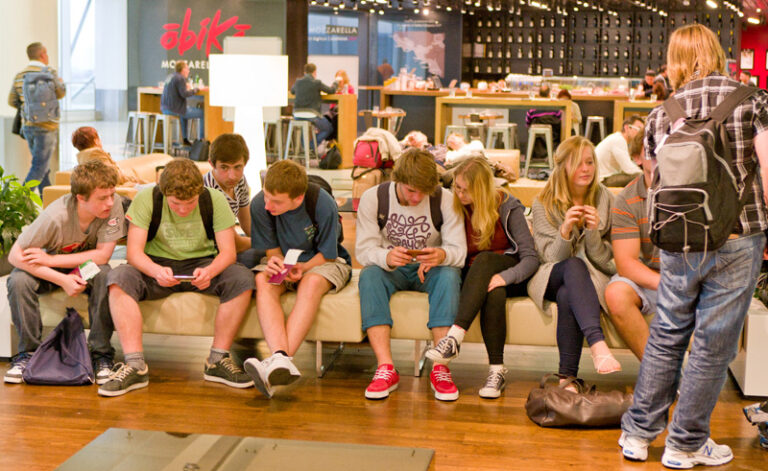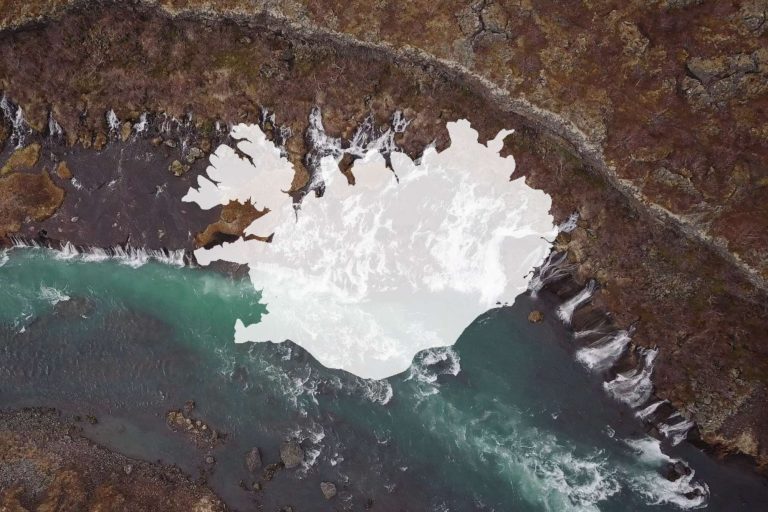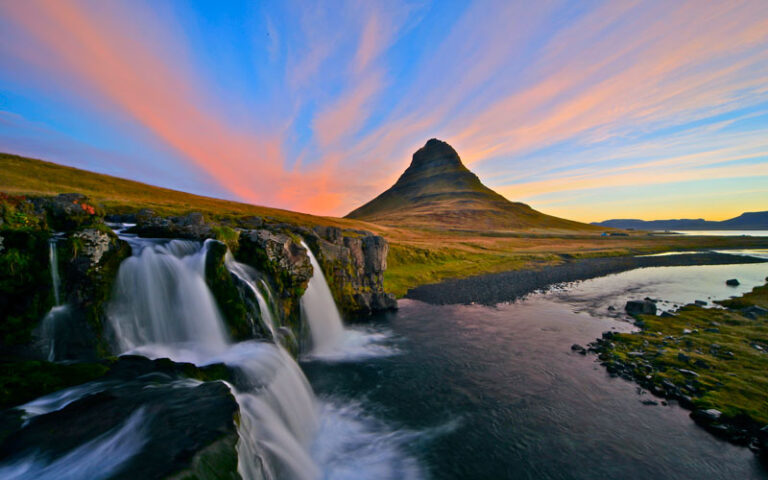Eyjafjallajokull: 10 years on
In April 2010, before my days as product manager for Discover the World Education, I was a geography teacher leading a group in Iceland with Discover the World Education.
Getting GCSE students to absorb case studies in enough detail is often a challenge. That was and is one of the reasons that I love Iceland as a school trip destination. Iceland is a wonderland of geography case studies. It inspired me as a student, and as a teacher I witnessed the landscape motivate students of all abilities. I had led many school trips through the land of fire and ice but in April 2010, I was about to have a totally unique Icelandic experience.
On day three of our trip, a seemingly routine breakfast in Iceland was interrupted by our local Icelandic guide. He took me to one side with breaking news of road closures in southern Iceland due to volcanic activity under the Eyjafjallajokull ice cap. In fact, as we spoke, the national ring road was being sliced through by diggers, in preparation for the inevitable ‘jokulhlaup’ – glacier burst flooding.
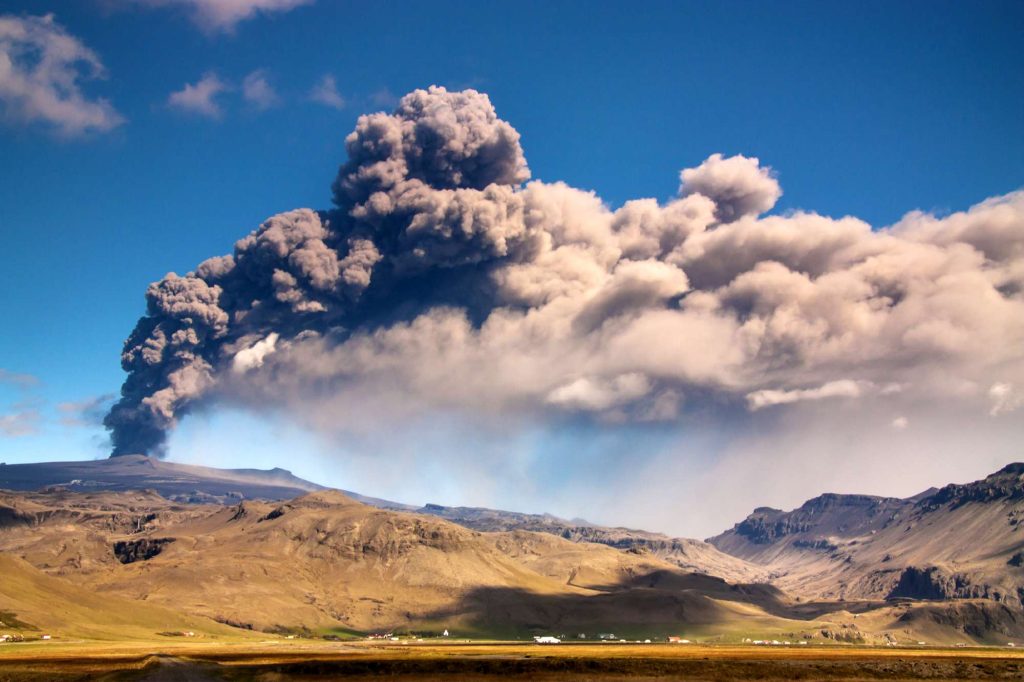
As all geographers know, volcanic activity in Iceland is not unusual and our Icelandic guide had the classically laid-back Icelandic attitude which caused little alarm in me at the time. Little did we know how this eruption was already being reported in the British and global press.
We called DTWE to adapt our travel plans and stay away from the ring road and set off to explore West Iceland, (an underrated area in my opinion). After a tiring day, I shared local newspaper headlines and photos with the students. The images showed the devastating floods and ash fall in the area where we had planned to be spending our afternoon and night. It was strange for us to see these photos whilst we had spent a beautiful and ash-free day, only miles away in the West.
Excitement and concern was certainly greater from home in the UK than from those out in Iceland. My colleagues and students were calm and enjoying the novelty of being ‘inside’ a live geography case study. Many of the students watched UK Sky News from the hotel rooms and to see the drama unfold but they were all very relaxed and excited to be so close to a global event. Meanwhile, we had constant contact from understandably concerned parents and colleagues, as well as less constructive attention from UK media outlets.
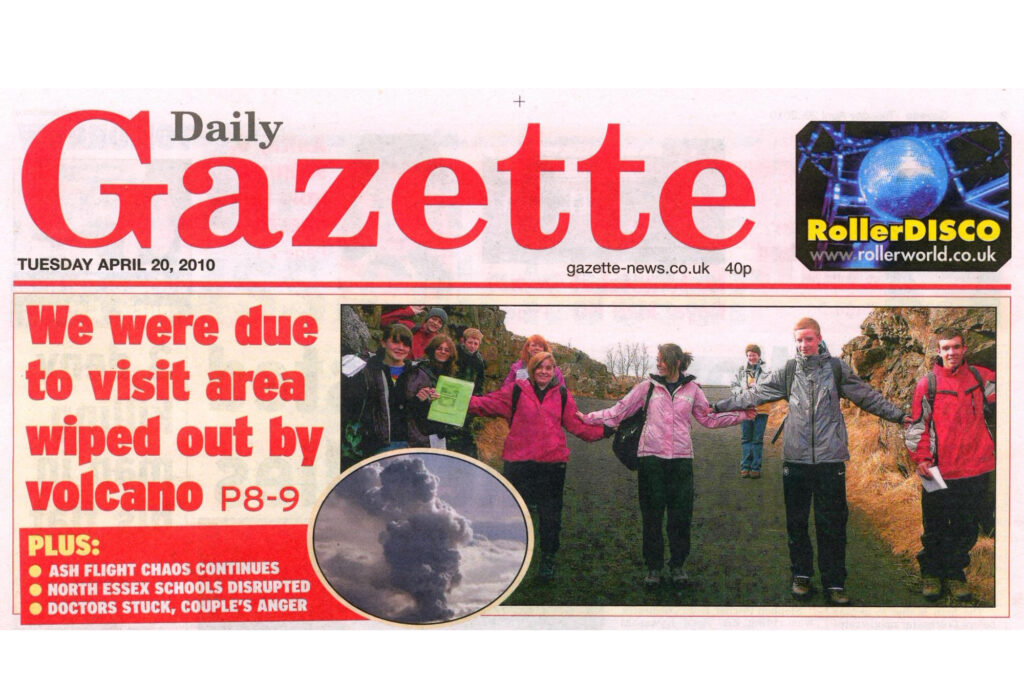
Health and safety wise, I called the Essex County Council’s EVC as we in new territory; risk assessments, staying at accommodation we weren’t expecting and visiting sites we didn’t have experience of as a school. In this unexpected situation, the council were very reassuring.
Discreetly the other teachers and I were planning for the uncertainty and running through scenarios of how we were going to manage an unforeseen duration in Iceland. The geographers among us were planning how we could complete coursework in Reykjavik. Meanwhile, my PE teacher colleague was formulating a plan for a swimming academy in the local pools and planning to teach every student to ride an Icelandic horse!
Despite the three day no-fly period, we returned home only a day later than planned and were among the first passengers heading from Iceland to Europe since the eruption. We sped through a deserted Keflavik airport and had the rare opportunity on board of witnessing spectacular views of the eruptive column rising way above the clouds.
Students were amazed by this sight which was second only to the excitement of the unlimited free supply of food from the airline, who had surplus after many recent cancelled departures.
Flights to London were not yet permitted due to higher density high-altitude ash over England, so our scrambled flight could only take us as far as Glasgow, before an onwards coach journey south, arranged by the airline.
For a decade we have used Eyjafjallajökull’s eruption as a case study of a local event with a global impact. The impact of the eruption provided a new case study that students could relate to.
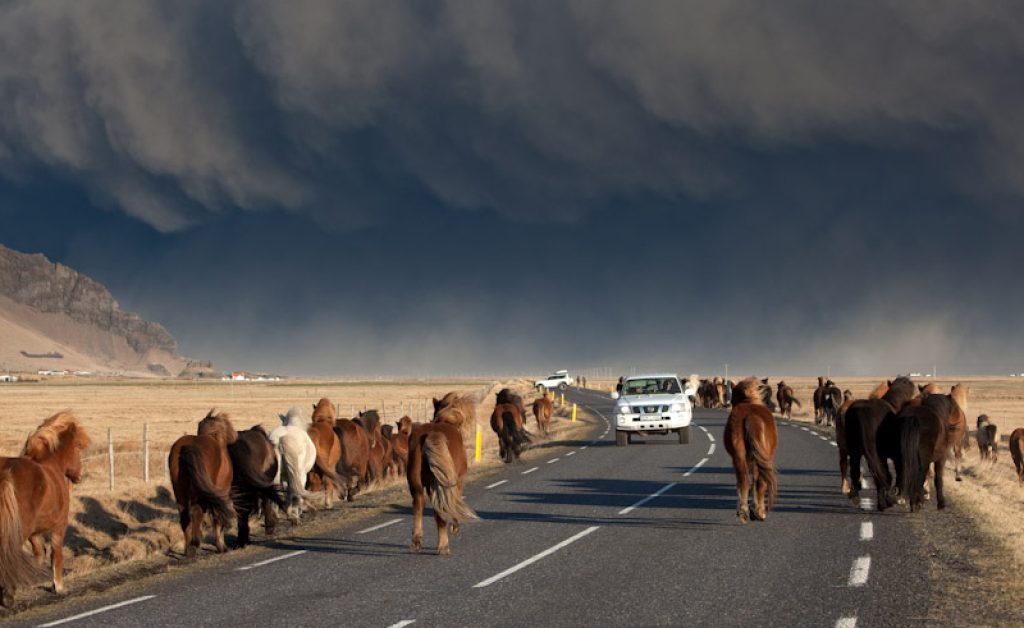
Ten years on from the Eyjafjallajökull eruption, Iceland remains prepared and on guard for its next tectonic event. Who knows how and when it will next make global headlines? Perhaps there will be an attractive, touristic eruption as with Bárðabunga in 2014; a significant earthquake, or perhaps “centuries of disruption” from another episode of the ‘Reykjanes Fires’. All we can be sure of is that Iceland will awaken again!
